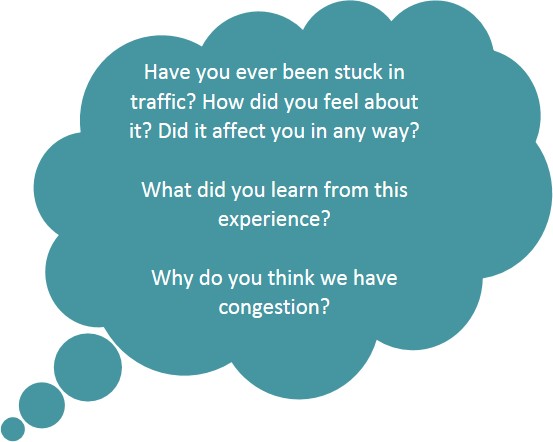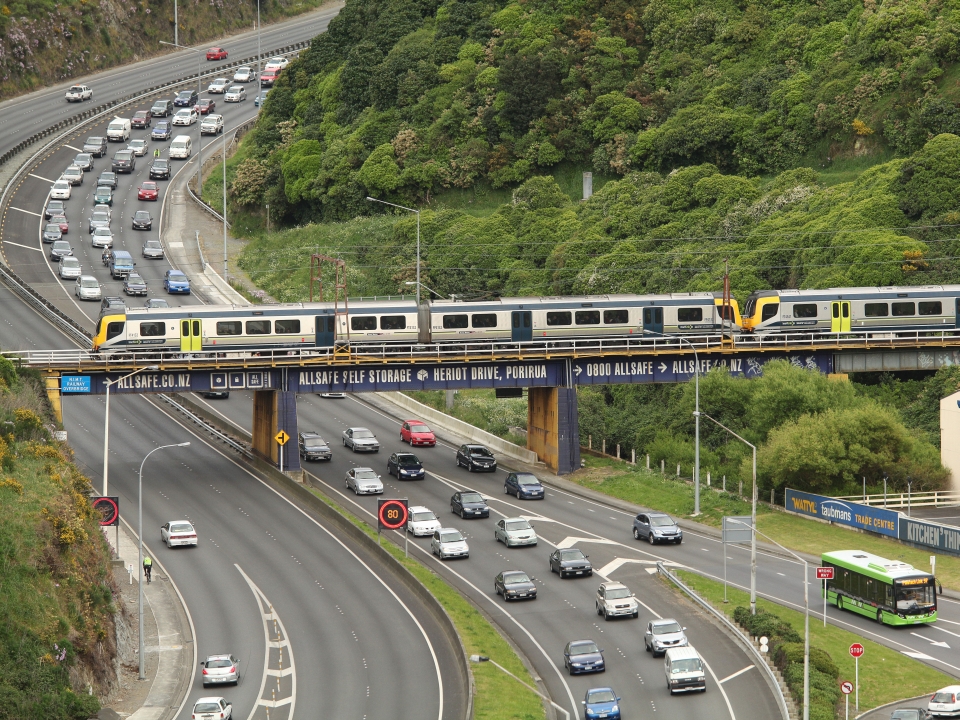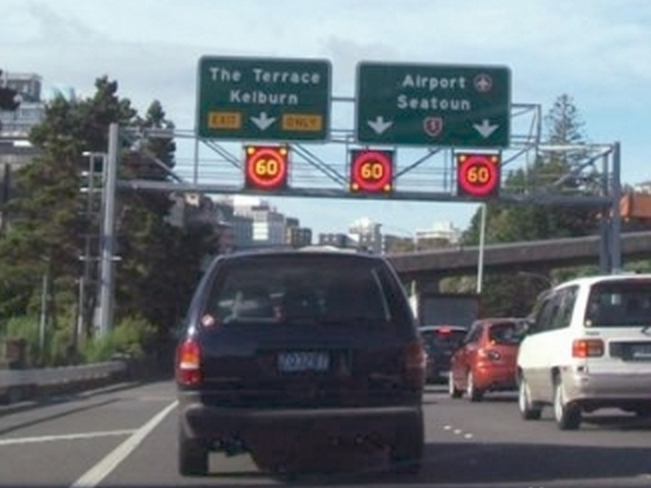What is congestion?
Road users say a road is congested when its speed falls below an acceptable level. Engineers classify a road as congested when more vehicles try to use it than it has capacity to carry.
What is the cost of congestion?
Congestion adds extra cost and time, as well as stress, to individuals, businesses and to the economy as a whole. The extra fuel used and the higher-than-necessary level of vehicle emissions also add cost to individuals and society.
People’s lives are affected if they need to make changes to their routines to avoid delays or make allowances in case of unexpected delays. Unexpected delays further affect people if they are late to, or even miss, an event or appointment.
Because of the monetary and quality-of-life costs of congestion, the Transport Agency tries to reduce significant congestion where possible. If nothing was done to manage congestion, conditions would continue to deteriorate and travel times would continue to get longer and less dependable. This also affects public transport.
How is congestion managed? 
There are many ways to ease congestion, including:
- Demand management – Smoothing out traffic flows reduces the number of vehicles on a road at any one time. This can be done by:
- offering commuters alternative modes, for example encouraging people to use public transport and/or travel during non-congested hours.
- tolling sections of road and increasing the price at peak times (congestion pricing) to discourage people from travelling during those times.
- Driver information systems - allows drivers to make informed decisions about their route and time of travel.
- Build more lanes so traffic is less congested. This is very expensive because the traffic peak lasts only a short time each day, so the extra lanes would be unused most of the time.
- Better use of the road space you already have. Various intelligent transport solutions can make the road operate more efficiently. Incident detection systems such as loops, detectors, cameras and radars, keep traffic moving smoothly and help clear incidents quickly. Information and control systems such as variable message signs and lane control signals advise people of traffic conditions and manage traffic flows during incidents or congestion.
- Ramp signals - A traffic light at the end of an on-ramp directs traffic to enter a motorway at a rate that allows traffic to merge easily with the mainline flow. Although the traffic on the ramp can have additional delays, the flow on the main route (the motorway) is maintained and the overall network operates more efficiently. The speed of traffic on the motorway and motorway travel times are improved with ramp signals.
- High occupancy vehicle or bus lanes - encourage people to carpool or get the bus which reduces the number of vehicles on the road, and therefore congestion.







